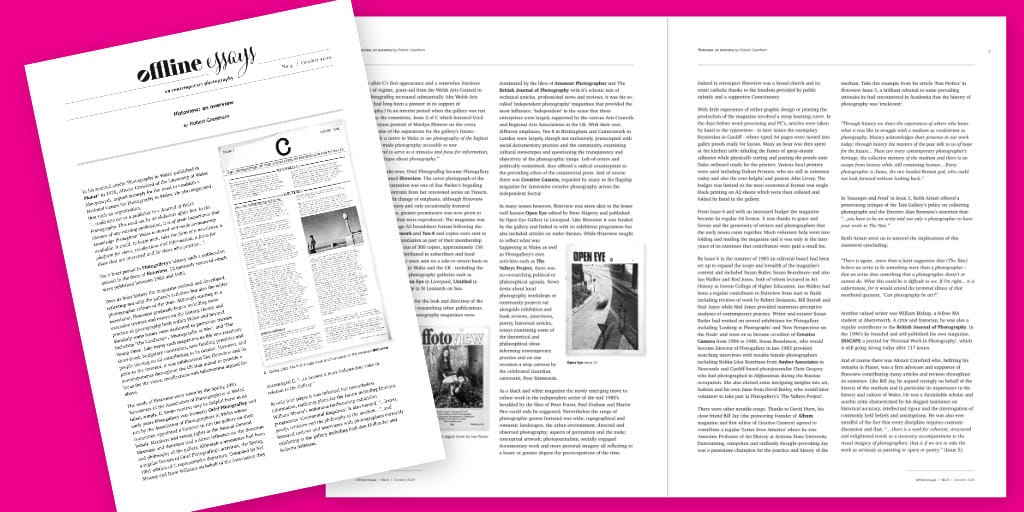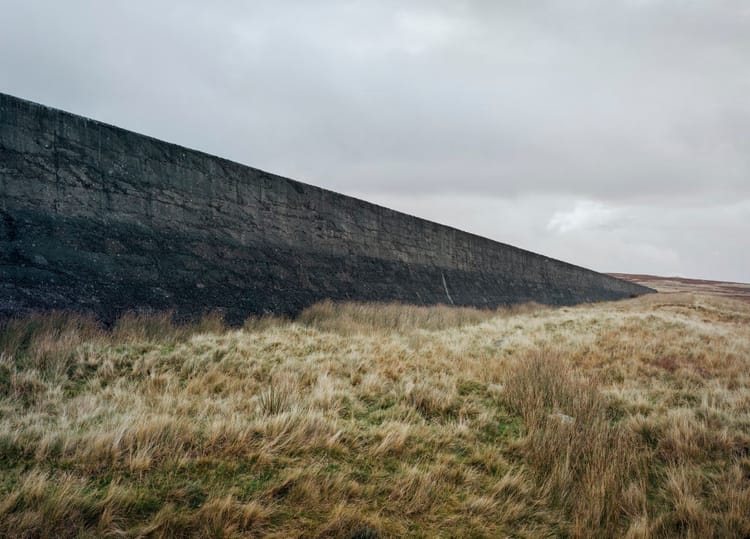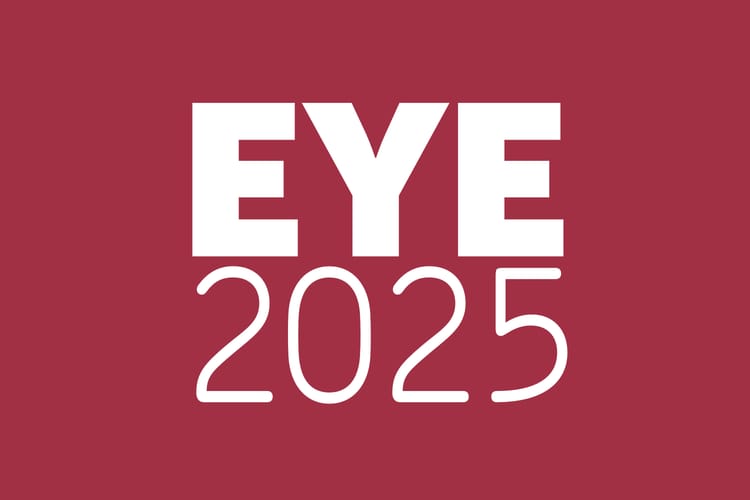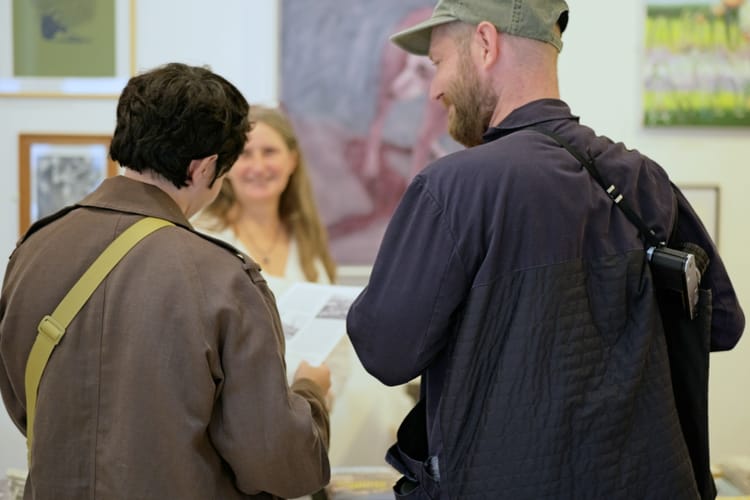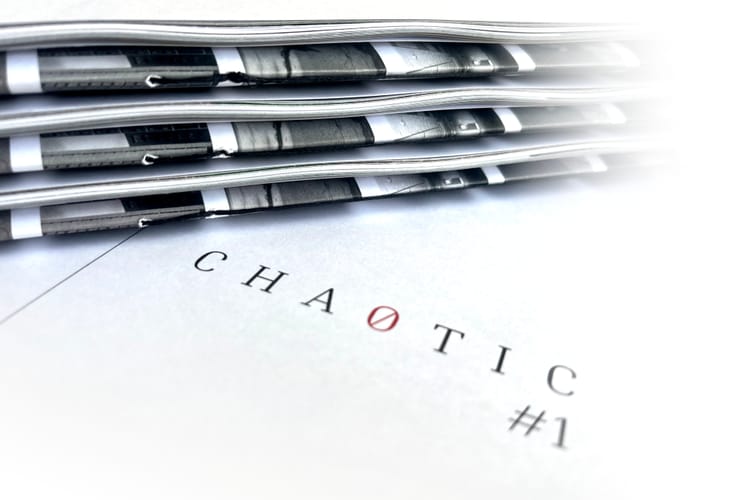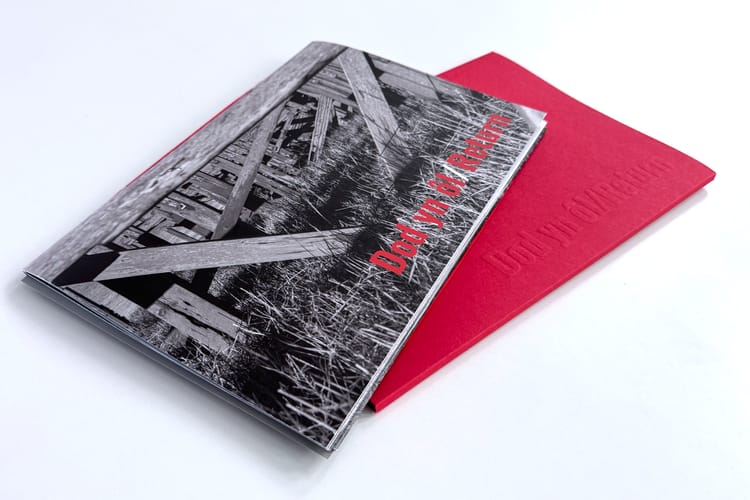Newsletter : 10/25
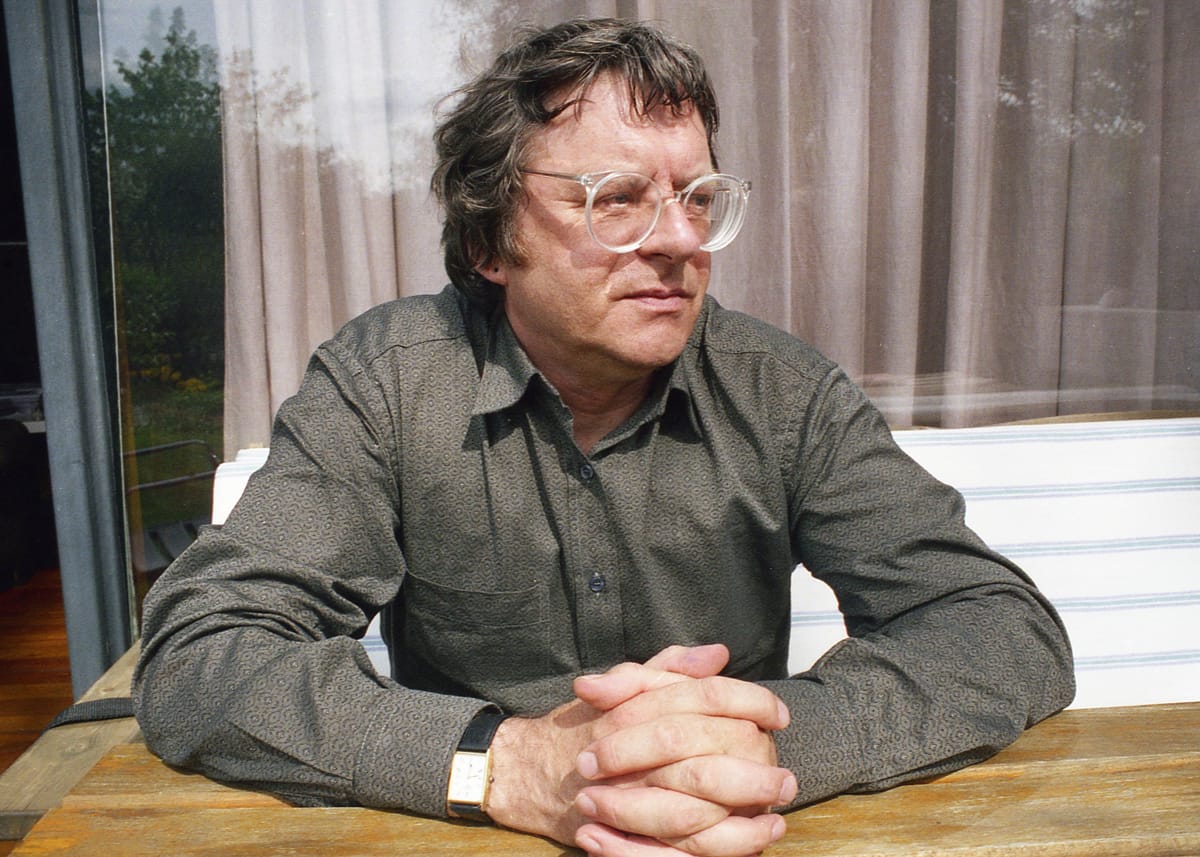
Hello again
With October well underway, photography activity has ramped up in terms of festivals and events in and close to Wales.
I'm looking forward to attending the 2025 Books on Photography (BOP) festival over the bridge in Bristol tomorrow (it runs Sat 11 - Sun 12 October) and I highly recommend it to anyone interested in new work in photography books, zines and publishing. Look out for the Clwb Ffoto table amongst the many there as they'll be offering some zines and books from photographers in the Newport area.
Read on for other snippets of news, but I've given over a good portion at the start of this Newsletter as a tribute to someone very important to contemporary photography in Wales.
Brian
ALISTAIR CRAWFORD: 1945-2025
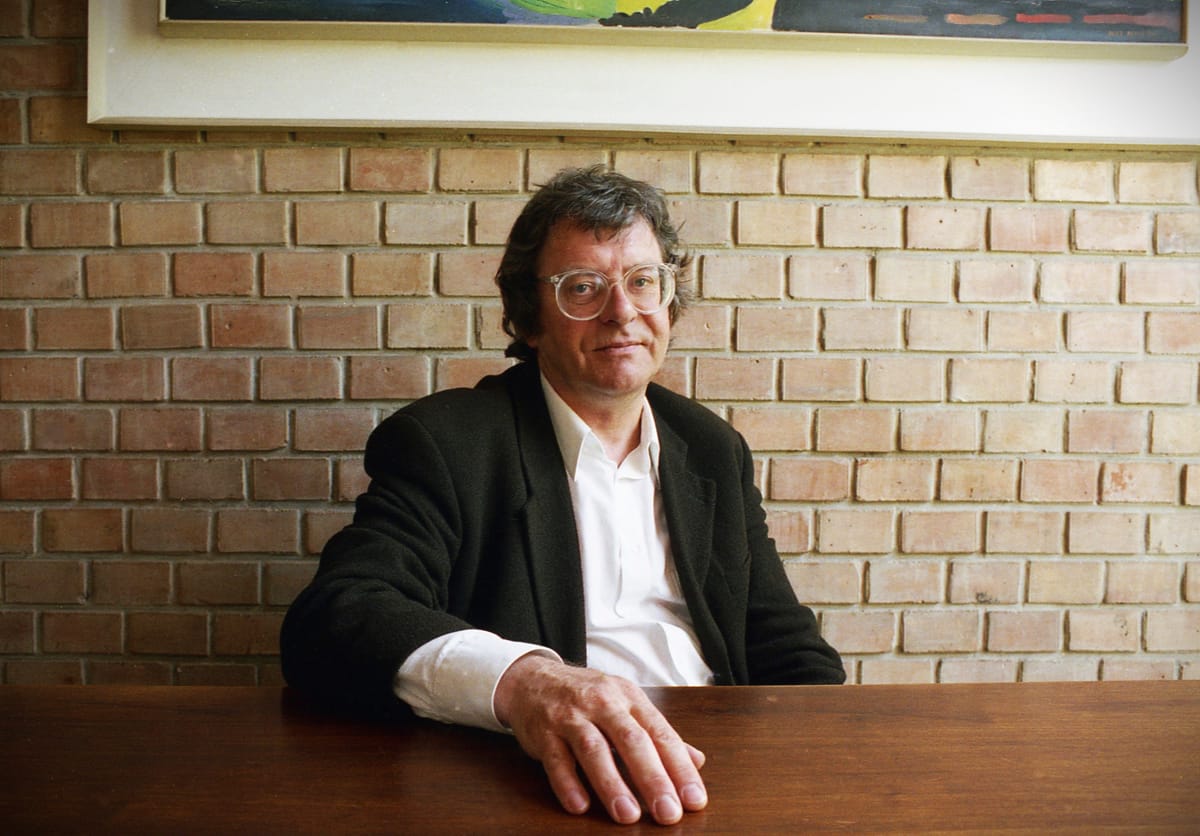
Sad news reached Wales last week of the passing of Alistair Crawford on Thursday 2 October in Sudbury, Suffolk – his home since moving from Wales in 2010.
I never got to meet him, but we did correspond via email on several occasions in 2022 – two Scotsmen with a spookily-common interest in photography in Wales. Our very enjoyable email discussions came by way of an introduction from Robert Greetham and Pete Davis – both of whom remained in contact with Crawford over many years, keeping him abreast of any notable photography developments here.
Born in 1945 and hailing from Fraserburgh in Aberdeenshire, Scotland, Alistair Crawford studied at Glasgow School of Art (GSA) in the early 1960s (I studied there twenty years later), and he proceeded to teach art and design whilst continuing his own practice in printmaking, graphic design, textile design, painting, and photography. (It's interesting to note two other names associated with photography here in Wales – Peter Finnemore and Mark Durden – are also GSA alumni).
Crawford moved to Mid Wales to live and work in 1974 and gained recognition and respect for his teaching at the School of Art in Aberystwyth, where his own research and writing on Italian photography would influence not just his own photographic and art practice, but that of colleagues and students – three of whom who knew him better than I have kindly penned their own memories of a man who played such a key role in communicating the importance of appreciating and exhibiting photography and photographic prints in Wales and internationally...
Robert Greetham – student, colleague and close friend
Alistair Crawford was a polymath; a teacher, writer, curator, historian, printmaker, painter, photographer, performer and the first Professor of Art in the history of Wales. His seminal 1978 article in Planet championed the need for a National Centre for Photography in Wales to house and support the Principality's rich and diverse contribution to the subject. A prolific writer he was the curator and author of major monographs on Mario Giacomelli, Elio Ciol and Erich Lessing and at Aberytwyth University School of Art established the most important collection of Post-War Italian photography outside Italy. For him photography was, alongside cinema perhaps, the most significant medium in our modern age, as significant as the printed word for understanding ourselves and the world we inhabit. Above all, in photographs he sought meaning; meaning in the way these coded, complicated, enigmatic objects "...represent our reality, the reality of sensation, of belief, of self."
His rigour, candour and depth of knowledge were remarkable.
No-one could interrogate a photograph quite like he did.
Pete Davis – student, colleague and friend
Alistair Crawford was a polymath who managed, over his long teaching and practising career to influence and support a very large number of artists and photographers who remain for ever grateful for his wise guidance. He supported a number of my major projects in different ways as he did for many others. Artist, art historian, photographer and writer, his support for many photographers and his influence on photography in Wales will always be remembered by those of us who were privileged to know him. Apart from his inspired teaching he was a gifted artist, photographer and an internationally recognised art historian with far too many publications to note. Maybe, for photographers, he compiled and wrote the definitive substantial volume on the work of Mario Giacomelli. He became the first professor of art in the history of the University of Wales and set up the museum collection at Aberystwyth University School of Art which houses a substantial fine collection of documentary photography.
His research and writings were academic and rigorous but always very accessible and revealing about life as well as art. His published, and later performed by him as spoken monologues series 'Brief Exposure', first published in 'Inscape' photo magazine, became notable for their revelations about his life, his art, art history and the relationship between art and life in general. The compelling stories he wove in those gripping monologues were sometimes humorous, sometimes poignant to the point of tears but you always went away a wiser, more informed person through them.
His wise words and guidance will be missed by many.
Paul Cabuts – student and friend
Where do I start? Alistair Crawford was an artist, an accomplished painter, a scholar of the history of photography, a talented photographer, a brilliant writer, inspirational educator, and one of the greatest storytellers I ever had the pleasure of knowing. Yet, if I had never met Alistair, he would have still been a hero of mine.
His was a persistent voice regarding the status of photography, arguing that it should stand apart from other art forms and be recognised as a creative activity in its own right. That was fifty years ago when photography was much more of a marginal activity in society than it is today. He championed the establishment of a “Photographic Gallery for Wales” well before it became a reality – once established, he supported it in many different ways. Later, in the 1990s, he pointed out (in yet another one of his far-reaching and well-argued essays) that the emergence of photography in Wales was painfully slow and still largely unrecognised (which was of course true but rarely mentioned at the time). Basically, Alistair Crawford was one of the greatest champions for the development of photography in Wales – he should always be remembered for this.
But you soon discovered that there was always more to Alistair. Indeed, he shaped the direction of my own career at a very memorable gathering at Gregynog Hall in mid-Wales where a handful of staff and postgraduate students from Aberystwyth School of Art took part in a largely informal weekend of research presentations and discussion. I remember that one of Professor Crawford’s doctoral students, Pete Davis, took a group photo of us all with that fancy large camera he uses. It was a weekend of work but largely one of laughing, enjoying the company, and exploring the Hall and its gardens. Alistair’s presentation was about a visit he had made to a Mediterranean island staying with a local family. I really can’t remember the detail, only that at the end of it there were very few dry eyes in the room and that my wife Elaine and myself were gently sobbing at the beauty of Alistair’s story and the expression of his own humanity in how he told it.
At the end of our time at Gregynog I asked Alistair if I could talk to him, get his advice on decisions I need to make about my future. We strolled off into the gardens, found a bench and started chatting. It’s only later that I fully realised the importance of those twenty minutes or so. Not only was he wise, but he was gentle with it – I took heed of what he said – my path was set. In subsequent years he continued to support me in his usual generous way. I remain eternally grateful to have spent time with him – he was a very special, talented and kind human being.
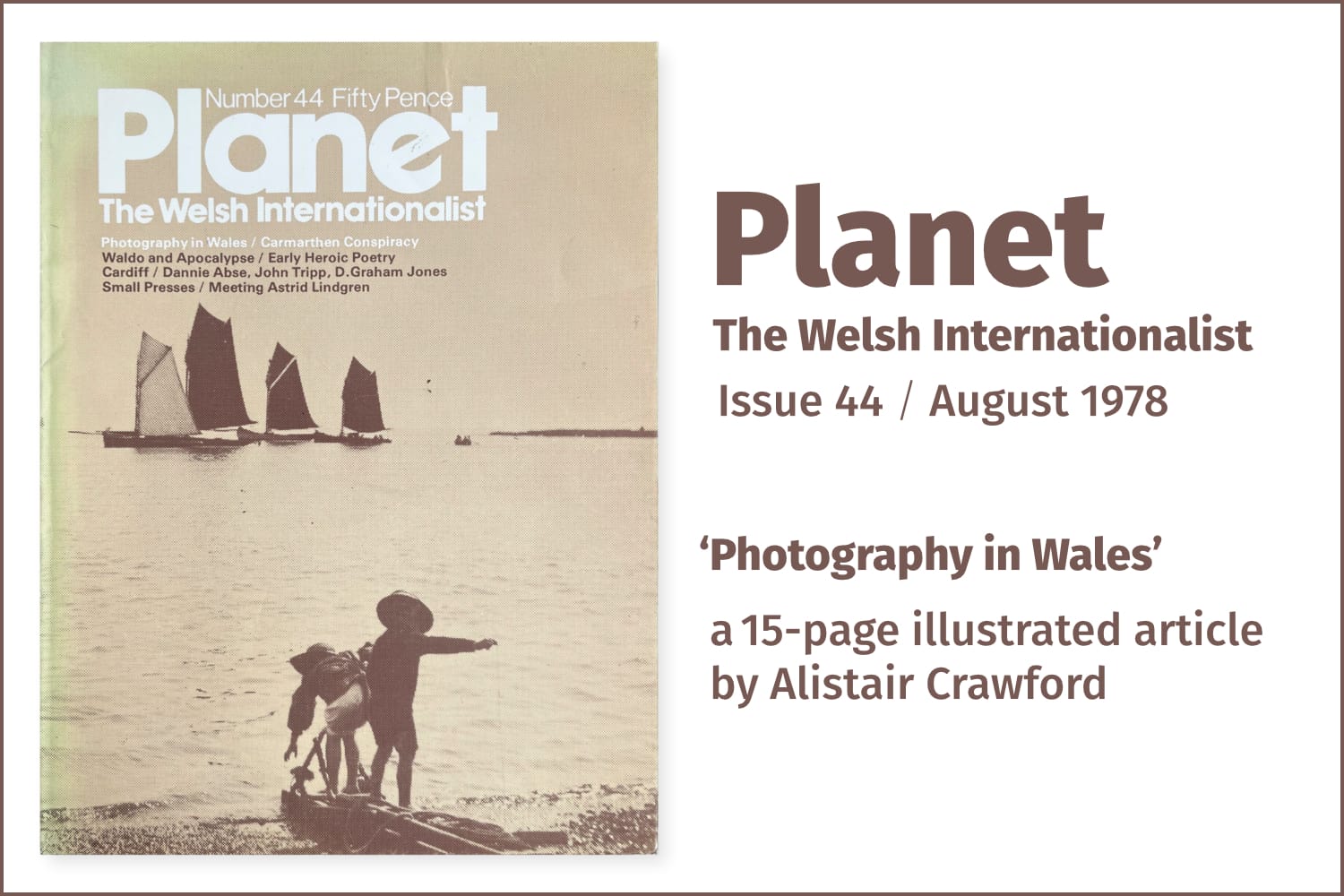
Referenced earlier by both Robert Greetham and Paul Cabuts, Alistair Crawford's 15-page article in the August 1978 issue of Planet: The Welsh Internationalist (a publication founded in 1970 but sadly mothballed in 2024 through lack of funding from the Books Council of Wales), remains an important text not only on some the history of photography in Wales up to that point in 1978, but also a rallying call for a dedicated gallery to exhibit and collect photography in and from Wales. Not only did his article call for establishing a gallery (what would later be realised the same year as Ffotogallery), but Crawford also identified the need for a printed Journal on photography in Wales (again, that would be realised as 'Ffotoview' - a publication printed over twelve issues between 1982-1985, but packed with exhibition reviews, articles and news) and edited by Robert Greetham. The story behind the publication was recounted more recently in 2020 by Greetham in his Offline Essay #4 'Ffotoview – an overview'.
The National Library of Wales in Aberystwyth holds a large collection of Crawford's papers relating to his academic and artistic career in Wales, donated by the artist in late 2014.
During the course of his career, Alistair Crawford gained a British Council Artists Award in 1981; won the Gold Medal in Fine Art at the 1985 Royal National Eisteddfod of Wales; and in 1988 founded Aberystwyth Printmakers with Art historian, curator and former Aberystwyth colleague, Professor Robert Meyrick.
Photography, and Wales, could do with more Alistair Crawfords.
'Ffotoview – an overview' - Offline Essay #4 by Robert Greetham.
Available as part of a complete set of the first eight printed Offline Essays (#1-8 inclusive) for just £20 + P&P
Deaf education in Kenya and Wales
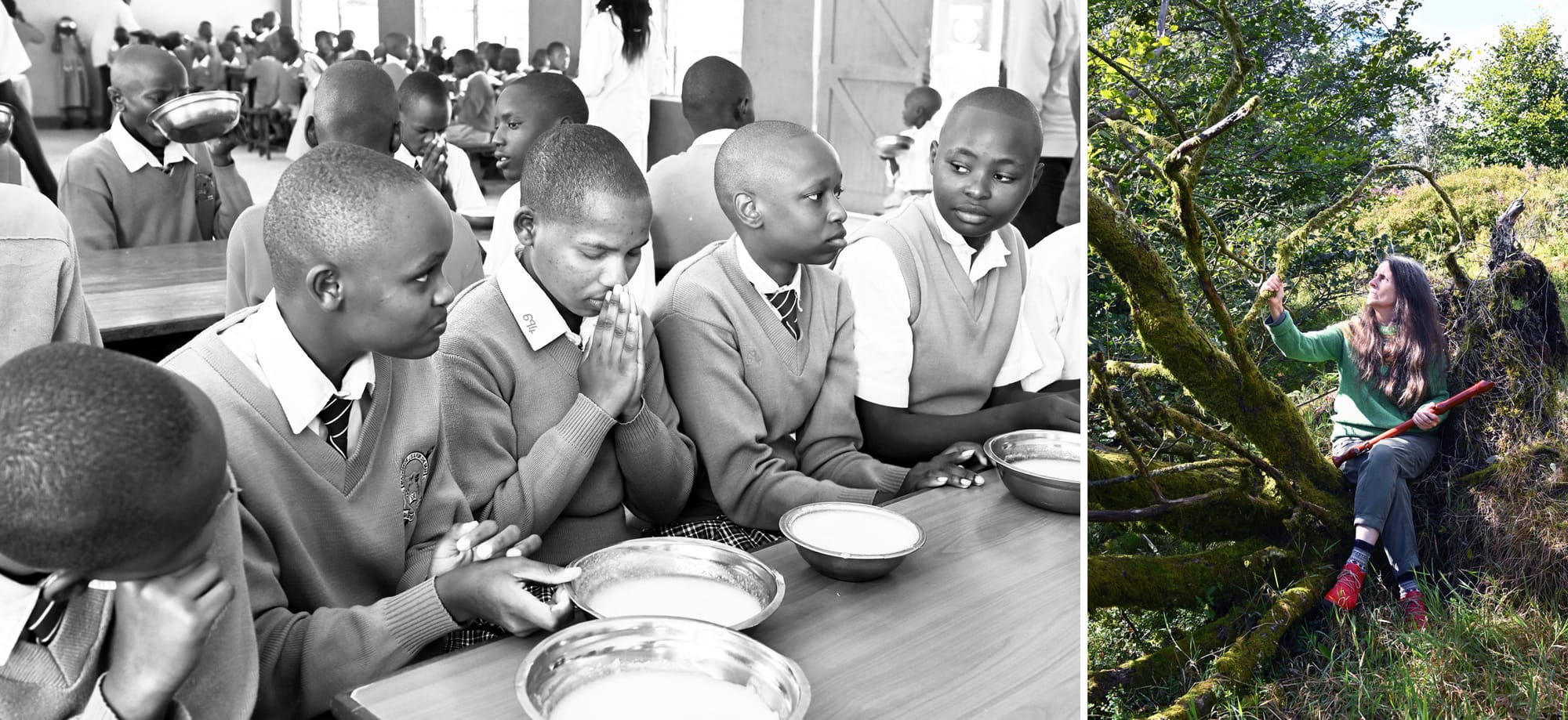
Kenyan filmmaker Joan Kabugu and Newport-based photojournalist Glenn Edwards met eight years ago on a commission when documenting Kambui School for the Hearing Impaired, an hour’s drive from Nairobi, Kenya. Photographs and a film titled ‘Feel the Vibe’ were produced looking at the power of the sound of drumming in the school’s dance groups.
Joan Kabugu has continued to film the deaf community as well as producing other award-winning documentary projects, and Glenn has travelled throughout Africa working for various clients on humanitarian issues.
Last year they decided to work together again on the Mafilo Festival highlighting the differences in deaf education in Kenya and Wales, telling the story of a young female student named Nduku at Machakos School for the Deaf in Kenya, and a male student named Dan at St Cyres School in Penarth. Another separate element of the project was to raise awareness of deaf creatives in both countries.
This work was shown in Nairobi earlier this month and will be at The Temple of Peace in Cardiff on Saturday 25th October starting at 1pm when two films and the images will be exhibited. All welcome.
Thanks to The British Council Kenya for funding the project.
Mafilo
Joan Kabugu and Glenn Edwards
1pm, Saturday 25th October 2025
Temple of Peace Cardiff, Cathays Park, Cardiff CF10 3AP
templeofpeace.wales
CHAOTIC #1 - NOW IN THE WILD
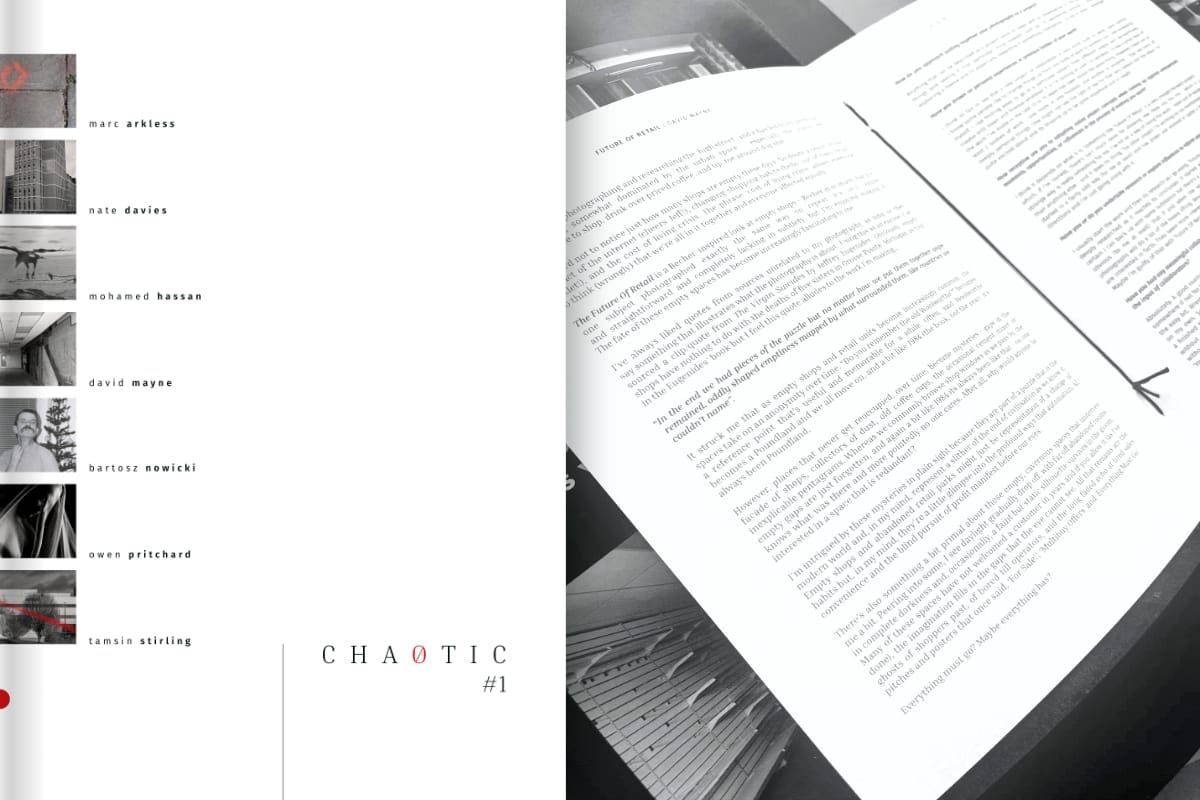
Offline Journal's Subscriber Plus supporters were among the first to receive a copy of the new limited edition CHAOTIC #1 recently as part of their subscription bundle.
And following my visit to The Northern EYE Festival last weekend, a few more are out in the wild in North Wales!
A4 in size, the 48-page image folio with a further 28-pages of accompanying text inserts hand-sewn in, CHAOTIC #1 presents a diverse range of photography by the first cohort of Chaotic enthusiastic collaborators:
Marc Arkless, Nate Davies, Mohamed Hassan, David Mayne, Bartosz Nowicki, Owen Pritchard, and Tamsin Stirling.
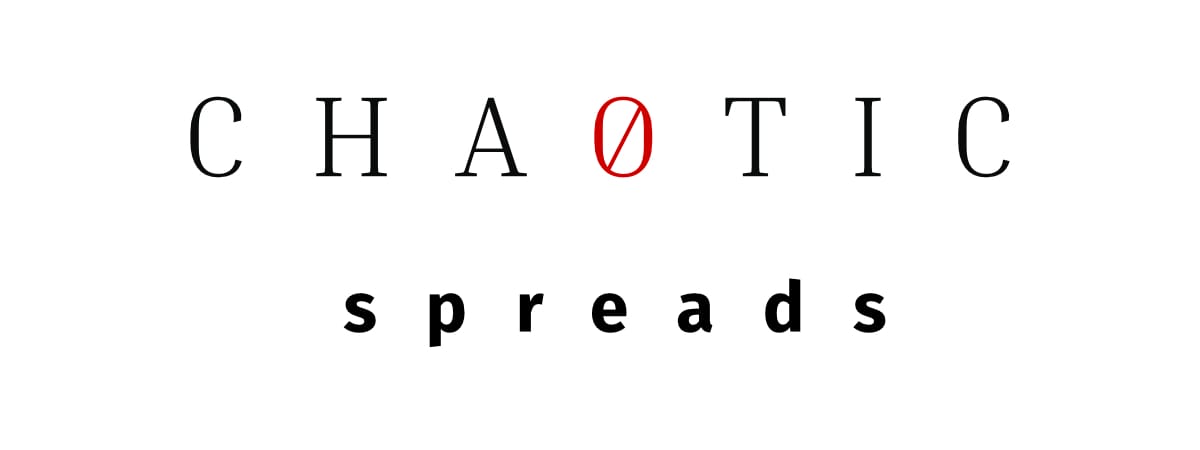
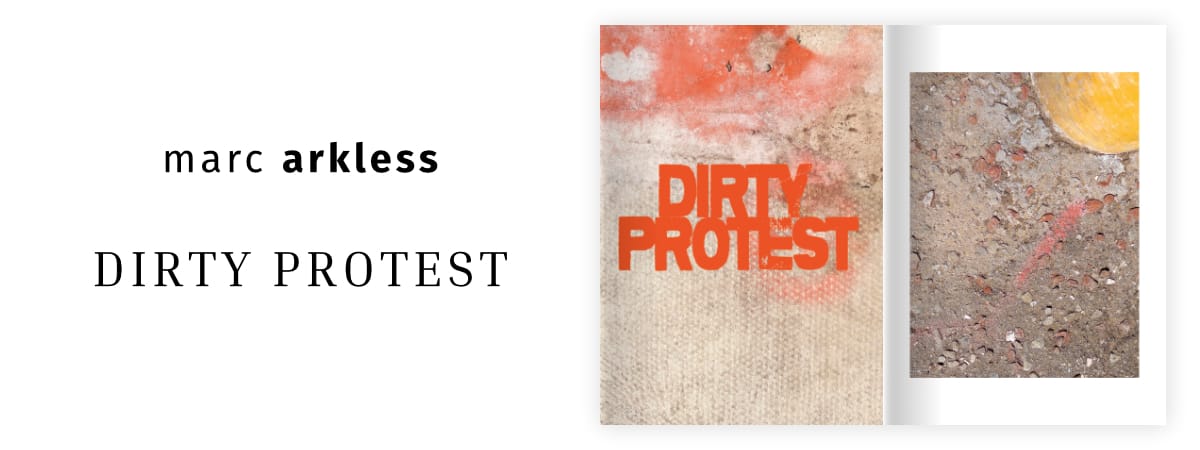
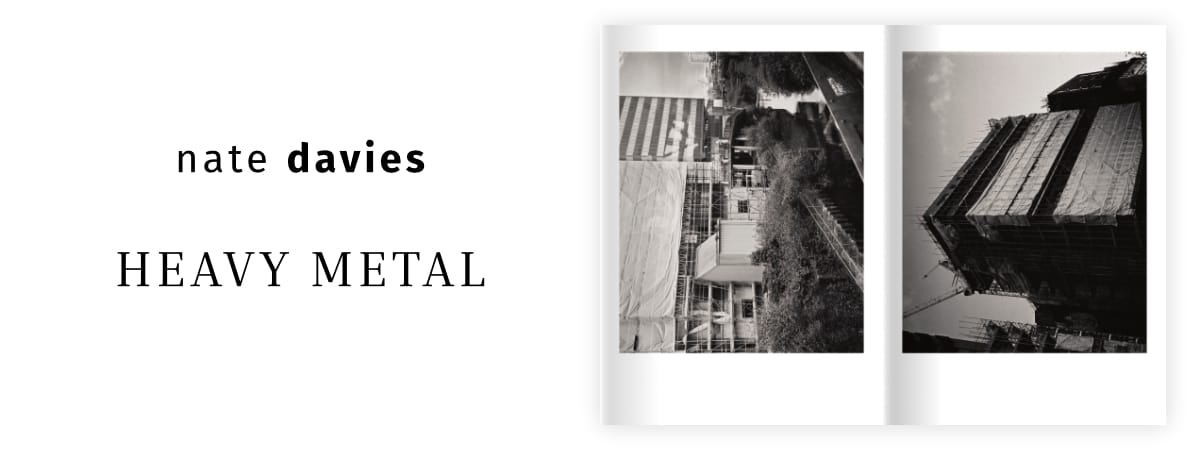
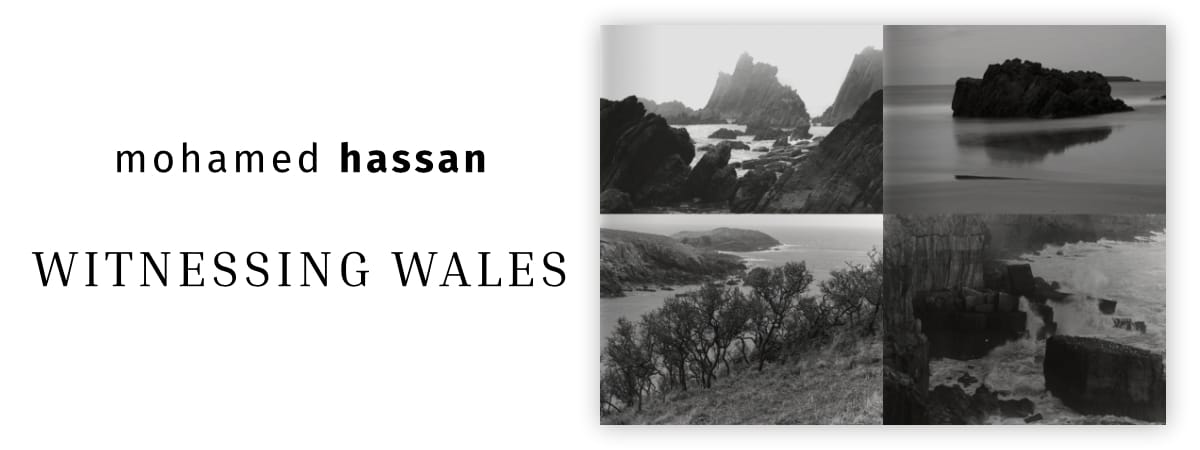
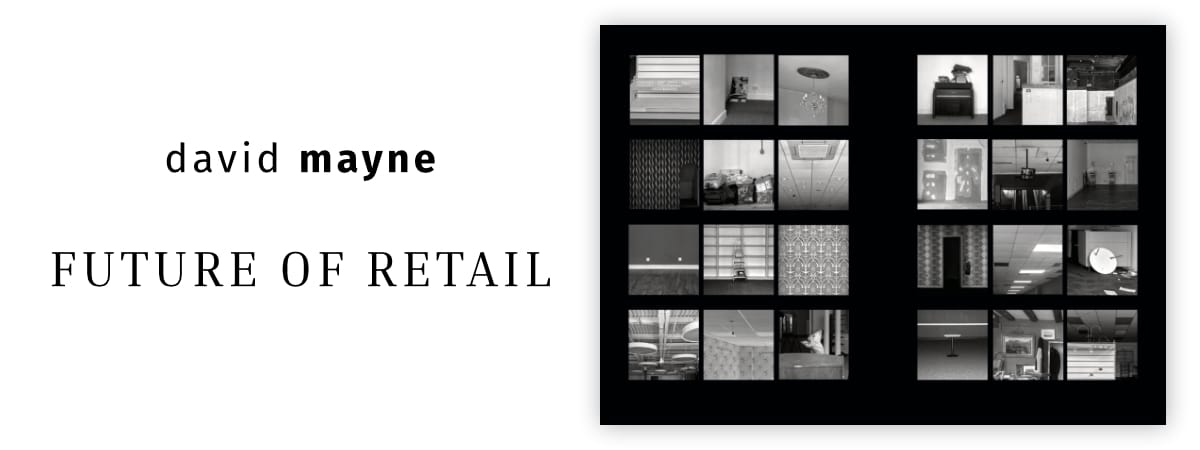
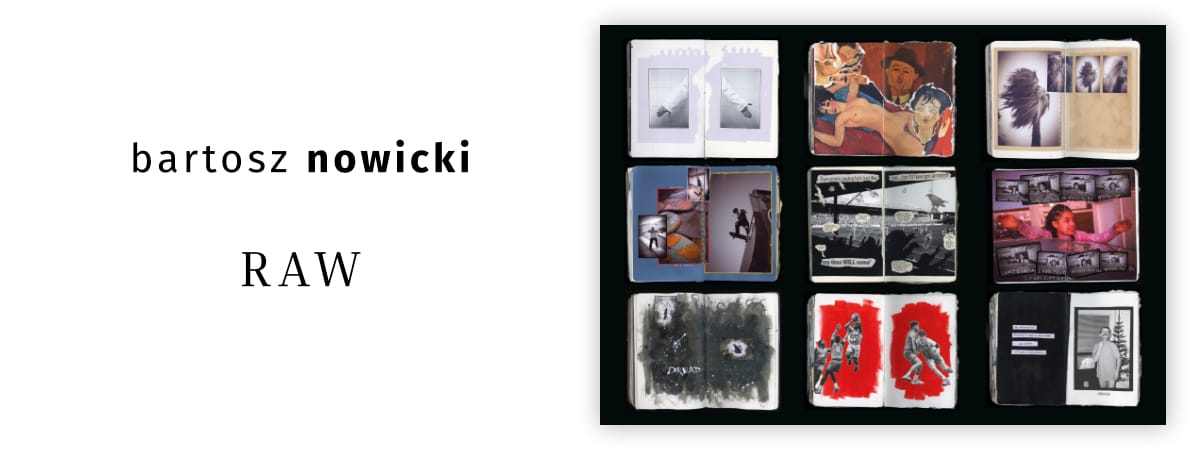
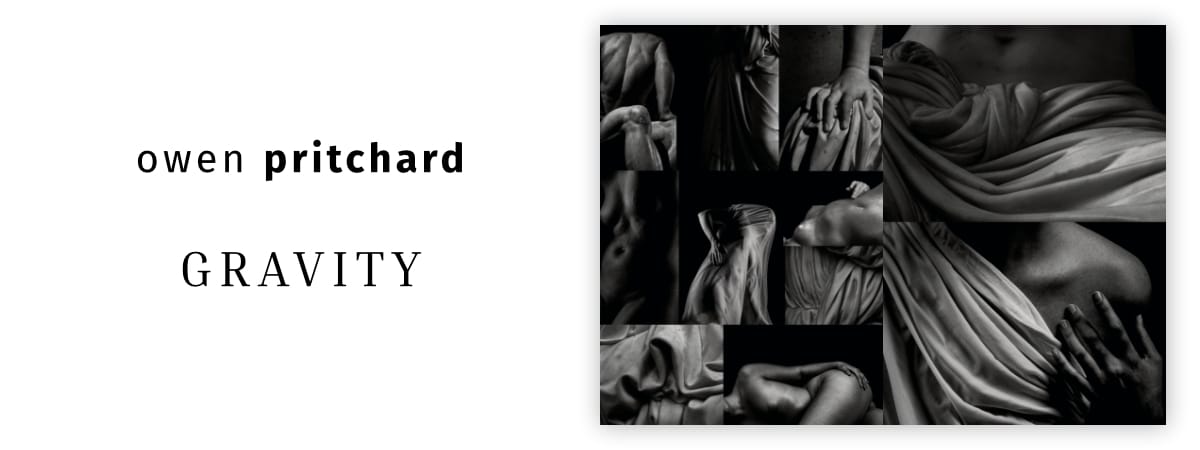
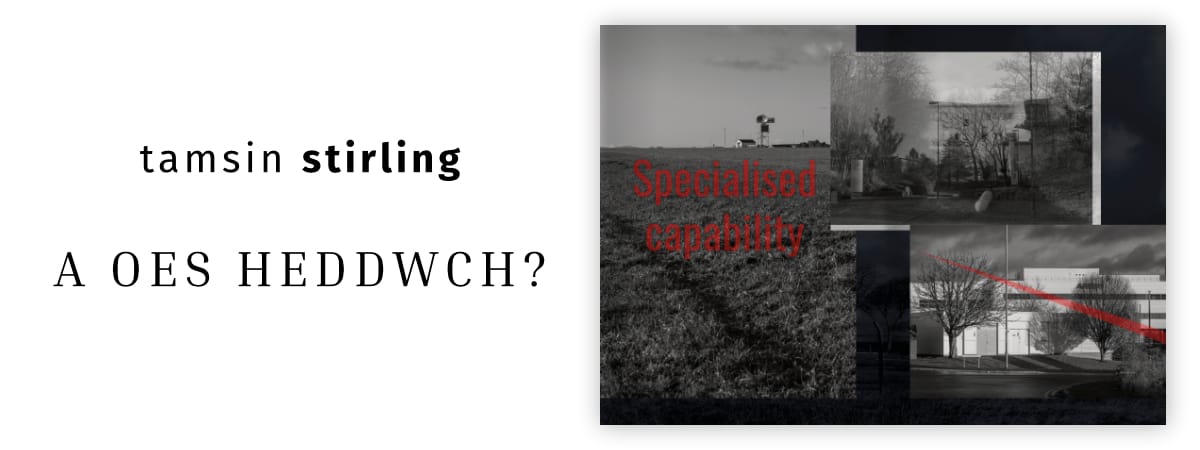
CHAOTIC in its printed form will invite discussion and critique from audiences through a series of moderated online sessions with the participating photographers. These sessions will seek to encourage more participation, constructive debate, and discussion amongst photographers and audiences using 'live' work in early stage projects as a stimulus – attempting to revive the valuable, at times robust, 'group critique' experience familiar to those who studied photography or Art.
Our plan is for these online discussion sessions to commence in November 2025. Information on how to participate will appear here on the Offline website in coming weeks, as will information on how photographers can express an interest in joining the next CHAOTIC cohort for publication in October 2026.
CHAOTIC #1 is now available to purchase via Offline's online store for £16 + P&P
MOHAMED HASSAN: Ffotogallery talk
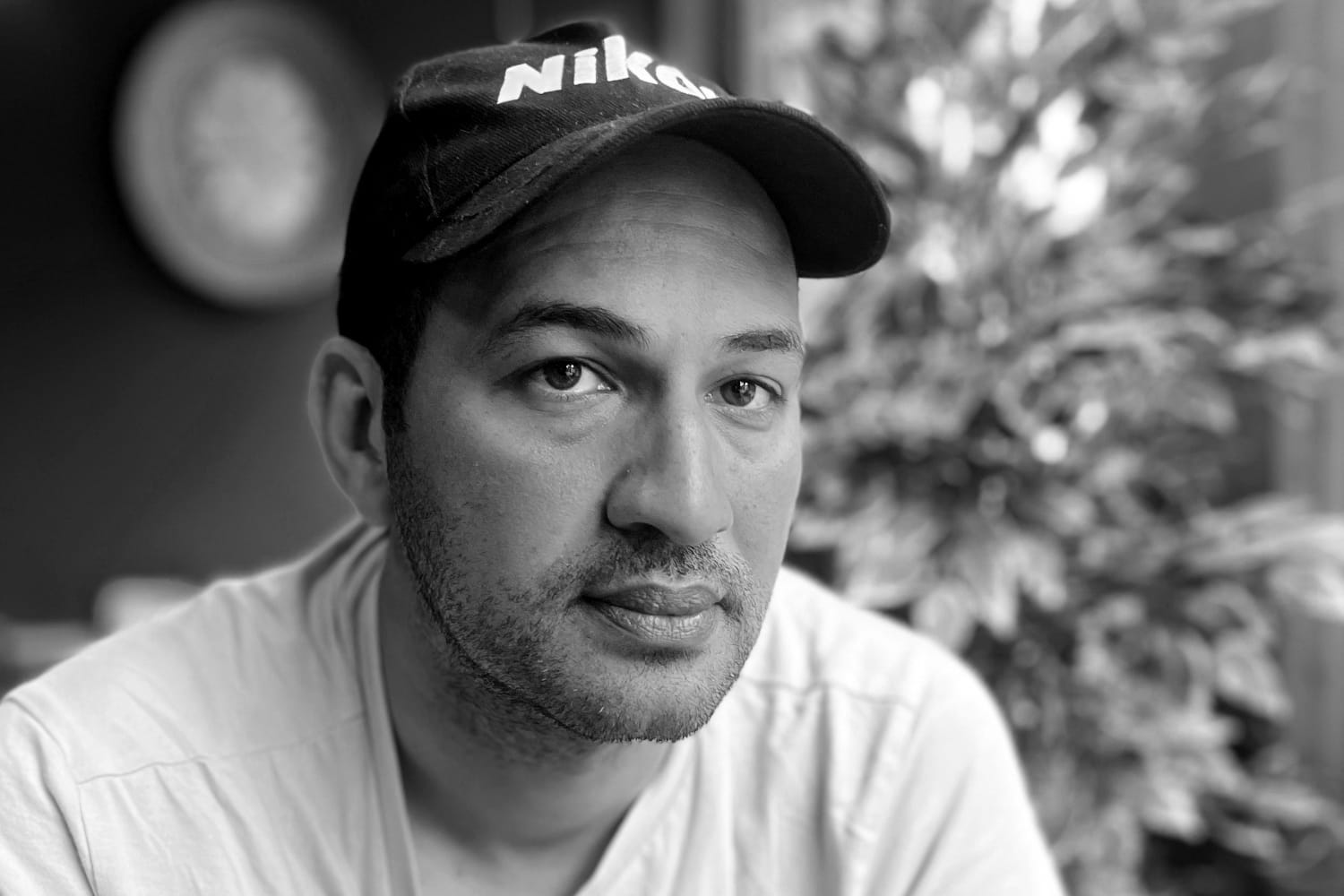
Pembrokeshire-based Mohamed Hassan will be in conversation with yours truly on Saturday 25 October 2025 in a session during Ffotogallery's Photo Book Fair in Cardiff.
We'll be discussing the design and production of his first photobook 'OUR HIDDEN ROOM', winner of the STAR Photobook Dummy Award 2024 which recognised it as a standout work in visual storytelling and memoir, and saw it published in both English and Spanish versions by Editorial RM, Ediciones Posibles and PHREE.
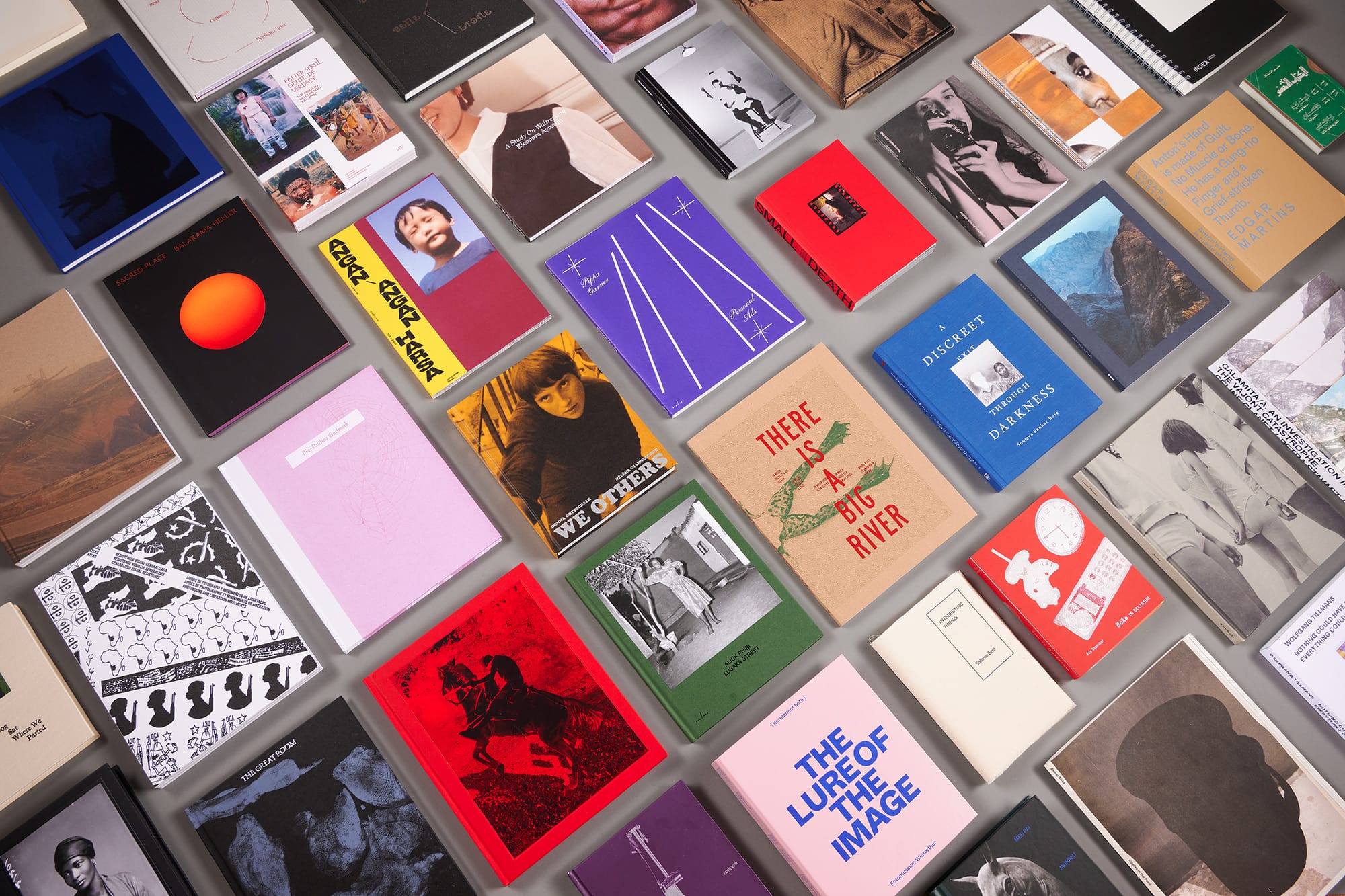
The book has been garnering praise and attention in the UK and Europe, and has made the shortlist in the 'First Photobook' category of the 2025 Paris Photo–Aperture PhotoBook Awards. You can see the full finalists listing on the Aperture website. Congratulations and good luck Mo!
A limited number of English language copies of OUR HIDDEN ROOM will be available to purchase at the event in Cardiff, signed by the photographer.
FFOTOGALLERY PHOTO BOOK FAIR
Various tables & Guest book talk with Mohamed Hassan
12pm - 5pm, Saturday 25 October 2025
Ffotogallery, Cardiff CF24 4EH
www.ffotogallery.org
TIN SHEDS join MPF Documentary Archive
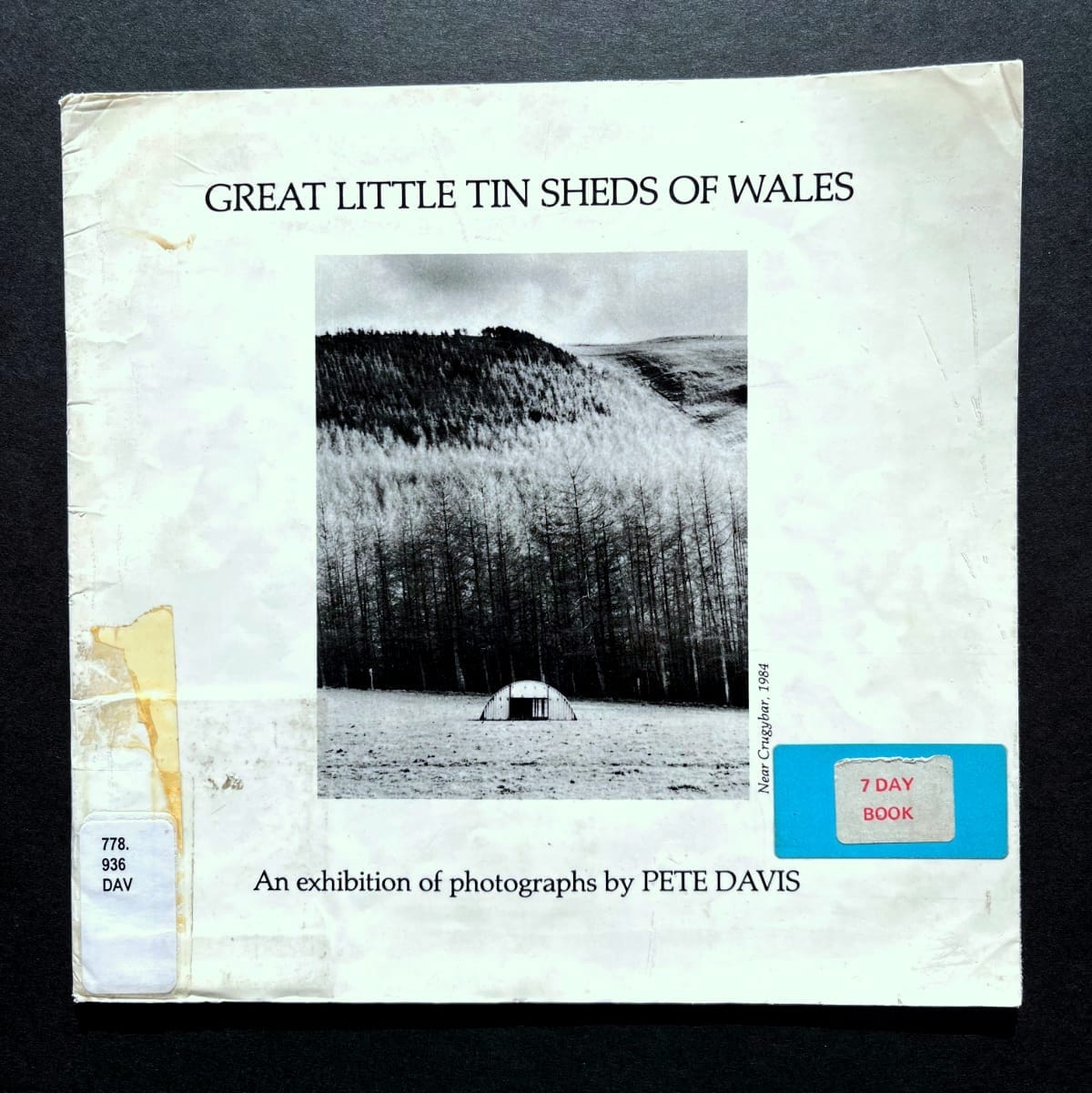
Congratulations also go to Pete Davis as twenty prints from his wonderful 'Great Little Tin Sheds of Wales' series have been acquired by The Martin Parr Foundation to be included in their growing archive of British Documentary photography.
'Tin Sheds' celebrated the many structures around rural Wales constructed from corrugated iron, documented by Pete Davis on a large format camera. Large format done well equals fantastic prints. The project was first exhibited in Cardiff in 'The Photographer's Corridor' in 1984 accompanied by a couple of hundred copies of small 12-page catalogue, following which...
"...the exhibition toured the UK for over two years, parts of it travelled in Europe and the little original catalogue sold out almost immediately. Print sales also helped pay for me to build my studio on the land behind my home". – Pete Davis
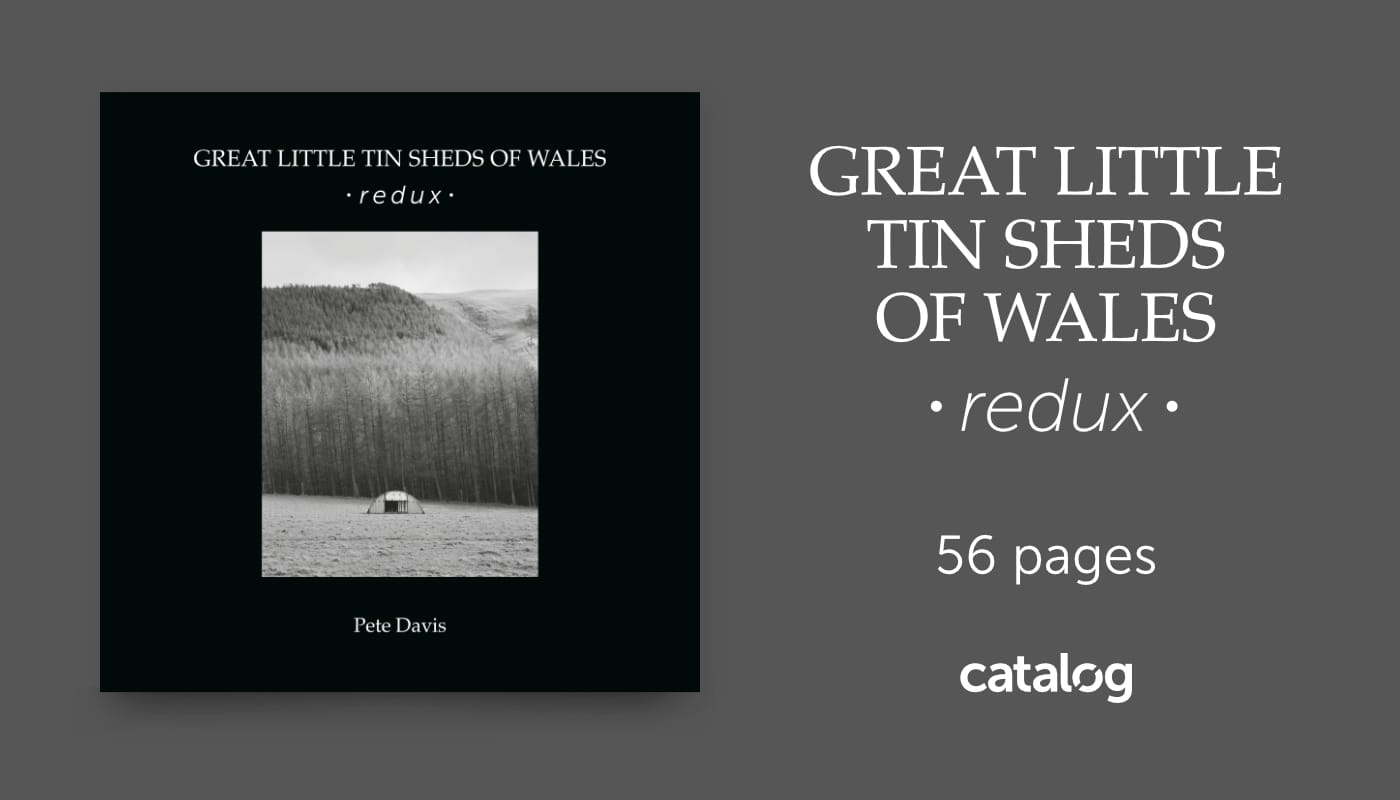
Coming across the work for the first time in 2019, I was mesmerised by the images in the small catalogue which (hopefully still) sits on the shelves in the library of the University of South Wales in Cardiff. A few years later, having got to know Pete, I learned the small catalogue only carried a selection of the exhibition prints, at which point I suggested we revive the catalogue as part of Offline Journal's catalog series, to feature all the images. Pete, ever enthusiastic, agreed and we published 'Great Little Tin Sheds of Wales: redux' in the Autumn of 2023.
I still have a handful of copies of the catalog available, priced £10.00 (P&P included) for Offline Journal Newsletter readers using the button below.
View Offline's current exhibitions, events and opportunities listings
Exhibitions & EventsSubscribe to continue reading

